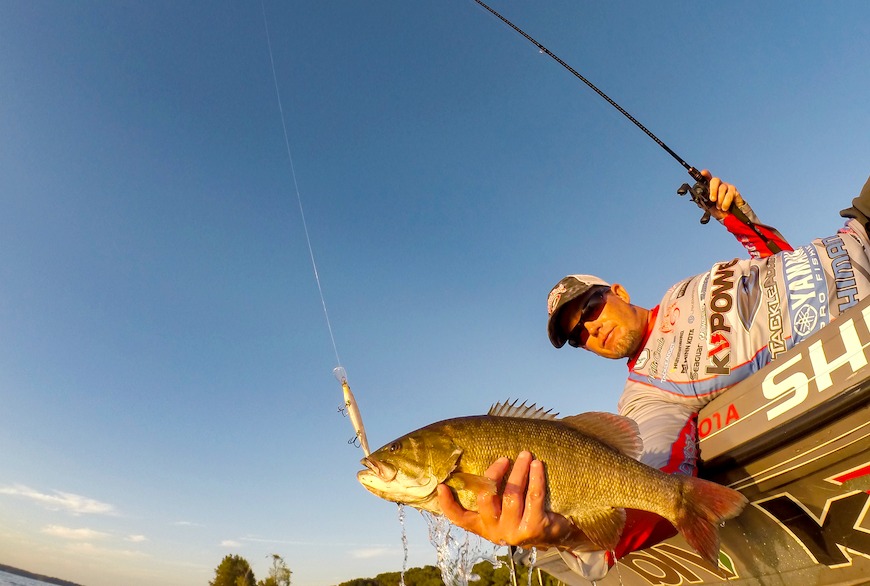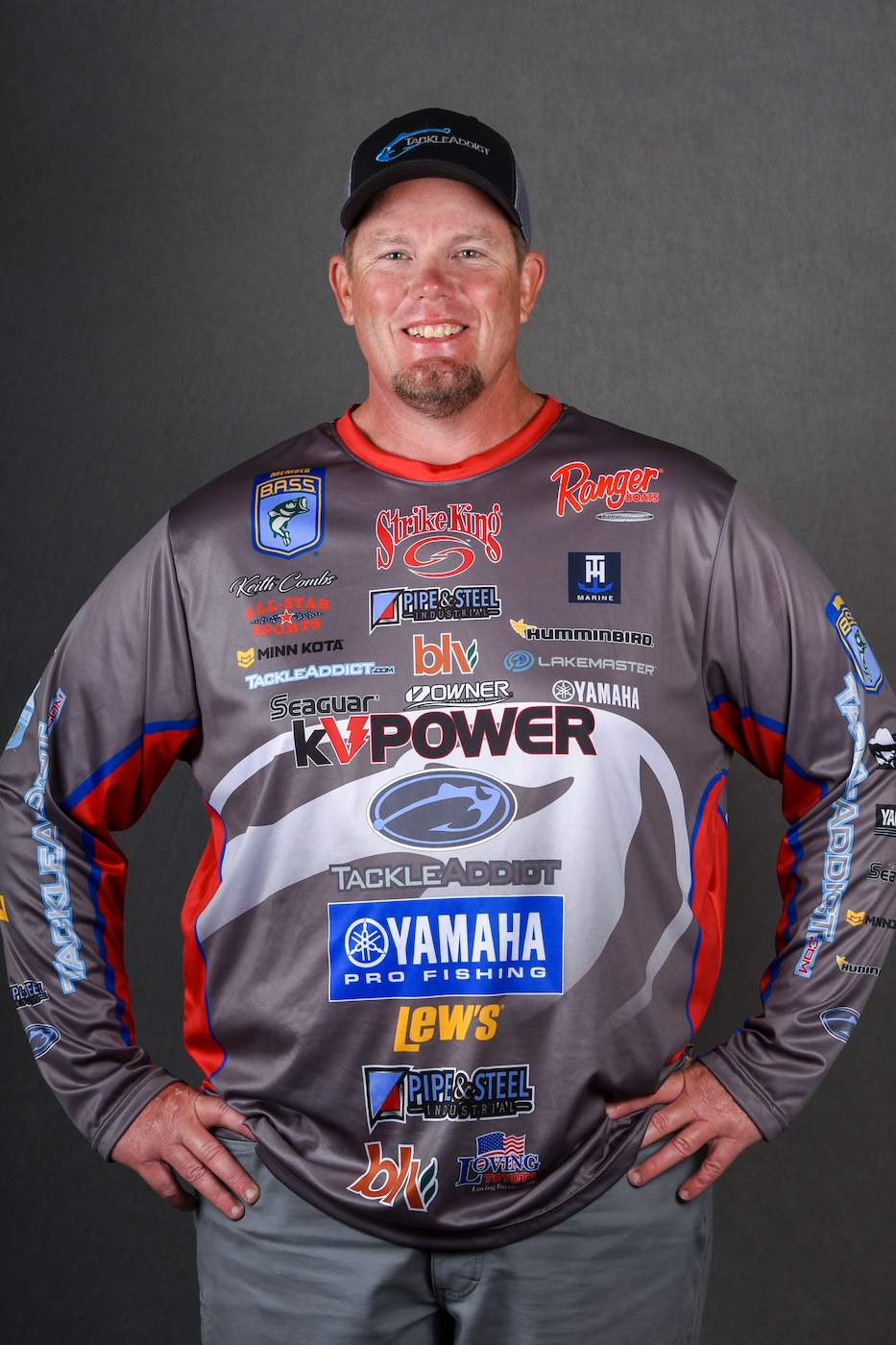
Some people think that minor differences in lure coloration can make a huge difference in your catch rate, while others believe it’s an overrated factor. Does it really matter that much?
My answer, like with many things about fishing, is not black and white: Color doesn’t matter … until it does. Let me try to explain what that means.
A lot of time we arrive at a new fishery and on the first day of practice the fish are biting like crazy. They haven’t been hammered by 100 top pros for days yet. Furthermore, it’s a weekday and the boat traffic is light. That’s when you can take out your core colors – like my trusty powder blue and chartreuse Strike King 6XD – and crush ‘em.
As the week progresses, though, and the biggest populations get discovered and then hammered, color often starts to matter a whole bunch more. Lots of tournaments are won and lost based on decisions related to lure color. It comes down to making the most of an area – you might catch five big fish from your key location with the “perfect” color versus three with an “off color.”
I think back to the period early in my career when I was guiding every day on Amistad and Falcon when those two lakes were in their prime. If I was cranking, I was almost certainly throwing a Sexy Shad 6XD. It was my money color. Then one day when the bite was tougher than usual a client started throwing Citrus Shad, and he was crushing them. There were three of us in the boat, and that color produced far more fish than any other pattern we threw. It was the key to me realizing that sometimes subtle color variations can have a big impact.
How subtle? One time I was flipping deep hydrilla with a friend. The water was clear, and the fishing wasn’t easy. I was using my standard Green Pumpkin Rage Bug. So was my friend. The only difference was he was lightly dipping the pinchers in orange dye. He proceeded to kick my butt, even though I was in front and had a chance to hit every prime target first. I made that slight adjustment and caught up in a hurry. It was something that minor, but the difference was major.
I will say that guys who seem to change colors every few casts tend to be wasting time. You can learn more by just fishing than you can that way. So what clues me in that I’m using the wrong color? With something like a topwater, it’s often a very visual process. Start with two different frogs and they’ll often show a preference for one over the other. With crankbaits, sometimes you can feel them just “push” the lure – that’s a sign that you’re probably using the wrong color. They’re interested, but not committing. Now, with electronics, it’s easier than ever to know when that’s happening. You’ll see a fish looking at your bait but not taking it.
I don’t fully understand how or why certain slight differences matter so much. Back when I was in school, a friend and I used to fish a lot at night, almost always catching our fish on a big jig. I remember at least one time when they would absolutely inhale a black neon jig, but not a black and blue jig. I still don’t get why that distinction was so critical. Sometimes it’s better just not to ask, but to accept it.
As a general rule, though, I think the longer a fish has to examine a lure the more likely it is that color changes can matter. We’ve all seen it when visually fishing for a big bass on a bed. You cycle through a bunch of colors and she doesn’t react at all, or she’s hesitant, and then you find the right one and she kicks up mud to get it.
So is color overrated? I think it is in some situations, but don’t overthink it. Finding the right areas and the right style of lure is the most important thing – after that, color can be a matter of fine-tuning.





